I’m sitting on a comfy bed in our quaint hotel room in Brasov, Romania. Located within the old city walls, we can almost touch the house across from us. We took a four-hour train ride here yesterday from the Romanian capital, Bucharest.
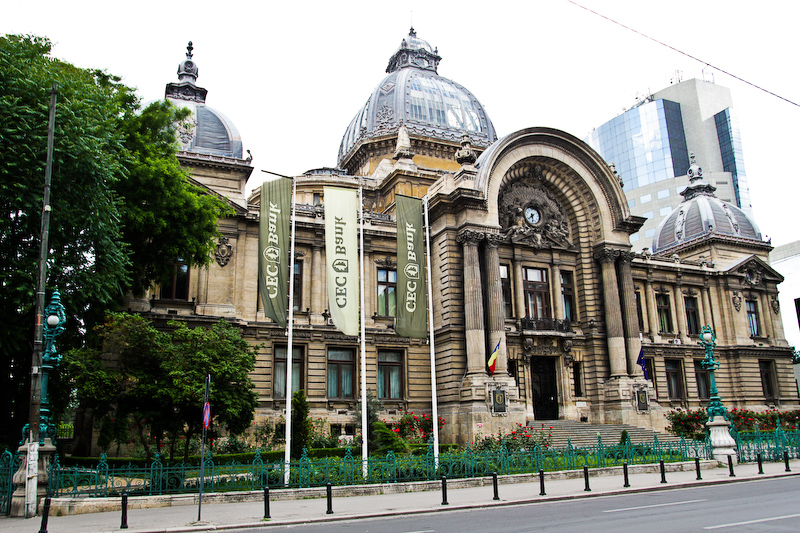
After our time in Madrid and Morocco, it was refreshing to see the lush environment, farmer’s fields, foot hills and tree covered mountains out the train window. The first thing I noticed about the buildings and houses outside of Bucharest were the roofs. They reminded me of a mixture between a barn and architecture commonly found in Germany.
However, within Bucharest we were constantly surrounded by massive, sad looking apartment complexes from the communist era, huge public parks and the few buildings  (like the ones below) that survived the 35% demolition of the city by communist leader Nicolae Ceausescu when he built numerous communist blocks. Prior to his rule, from 1965-89, Bucharest was known as “Little Parisâ€. I’m not sure what it looked like then, but today it is a very architecturally interesting city.
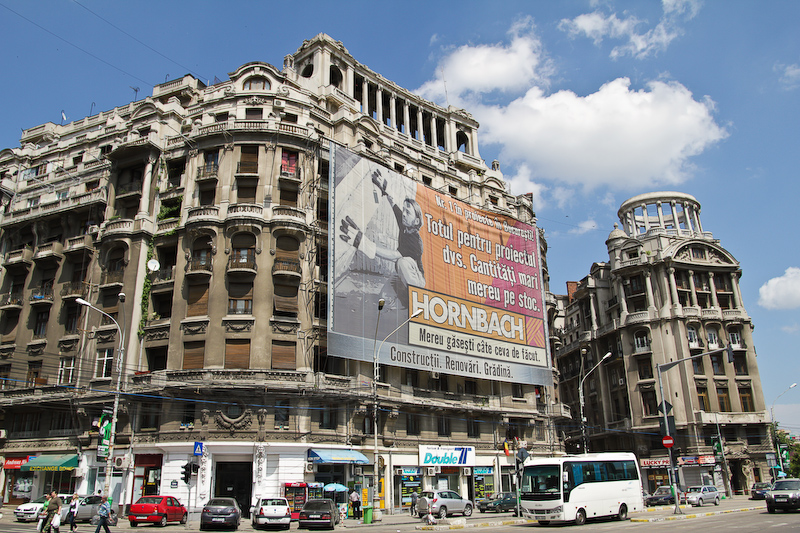
We explored the most famous piece of architecture, the Palace of Parliament, with our CouchSurfing host, Fatih.
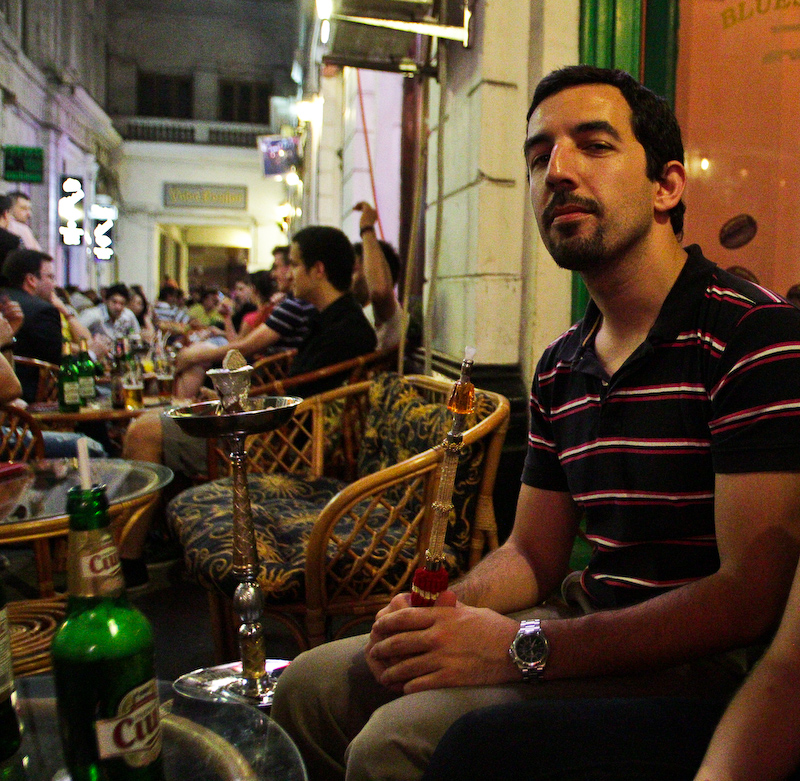
The building is 330,000 m² (3.55 million sq ft). In 1989 they had all the materials to complete the construction. Construction was done around the clock and workers were extremely overworked.
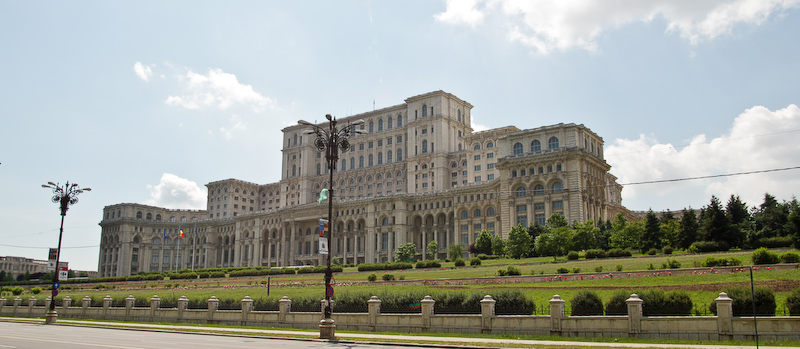
After enjoying a one-hour guided tour (offered every 30-minutes) I realized the building is not just big but absolutely over-the-top. Every hallway, staircase and conference room is constructed out of various types of marbles, numerous sizes and shapes of crystal chandeliers and more gold than I ever imagined. Power. If Ceausescu wanted to convey this, he succeeded. The only hitch is the building is still not complete! Almost 10% remains to be built because construction ceased abruptly on December 25, 1989.
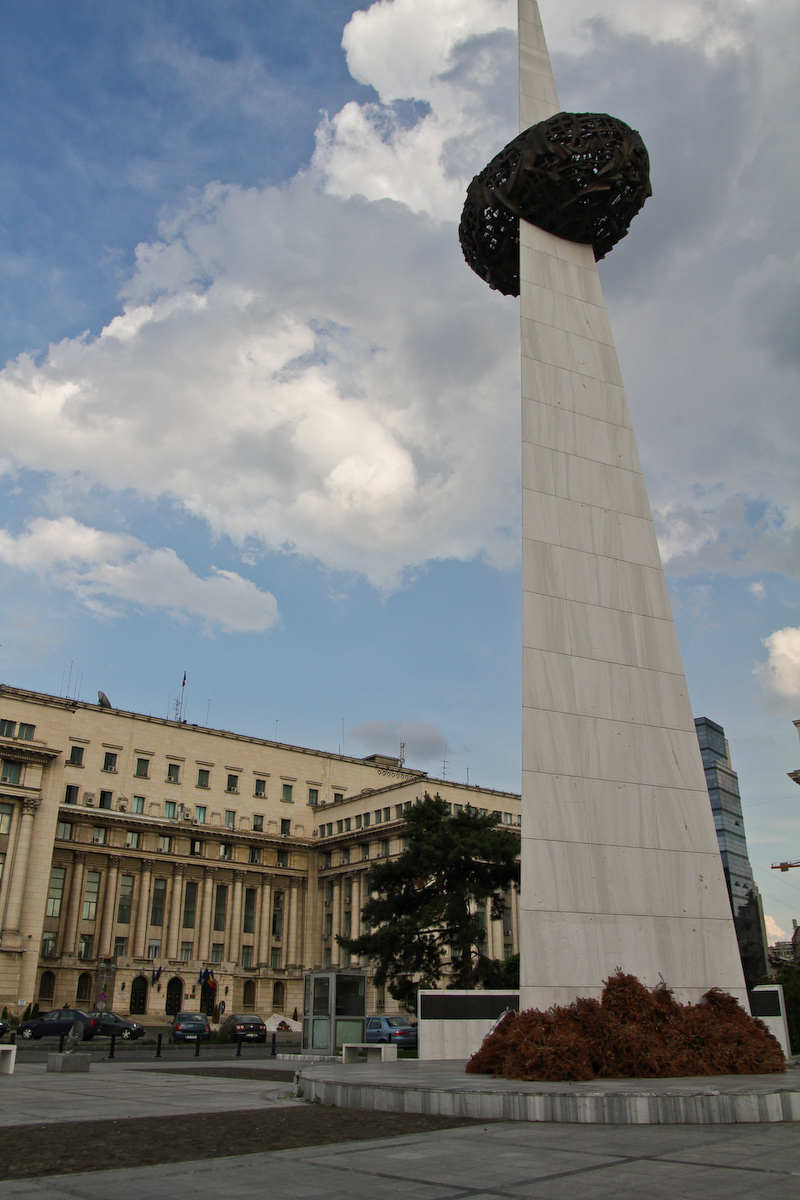
The balcony in the background of the photo is where Ceausescu stood on December 15, 1989 delivering a speech to his rather upset country. The crowds jeering and political protesting resulted in the police opening fire. Thousands of people took to the streets the next day and before Ceausescu could do anything about it, power had slipped from his hands. He and his wife found themselves in front of a firing squad only five days later on December 25, 1989. With that, Ceausescu’s communist country came to a crude end, one that you can actually watch on YouTube!  In memory of the people who lost their lives during the 1989 Romanian revolution this monument was constructed.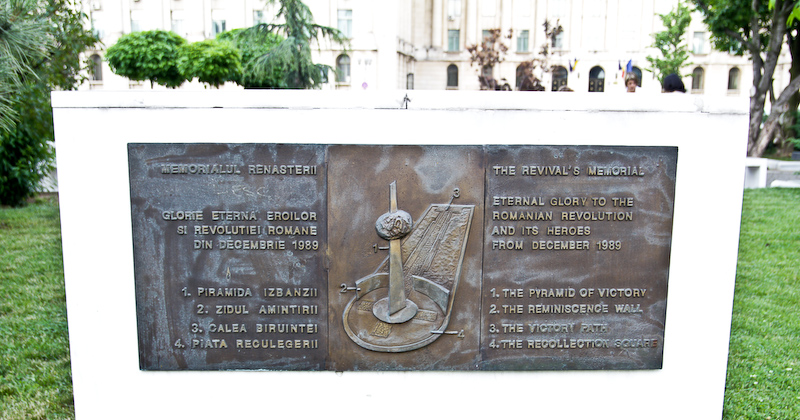

Leave a Reply